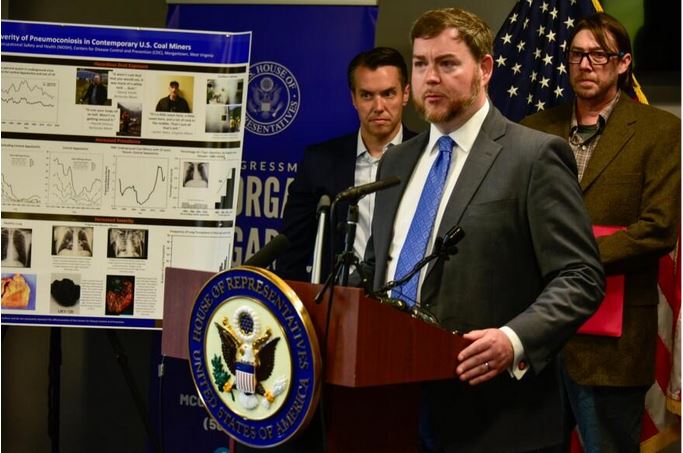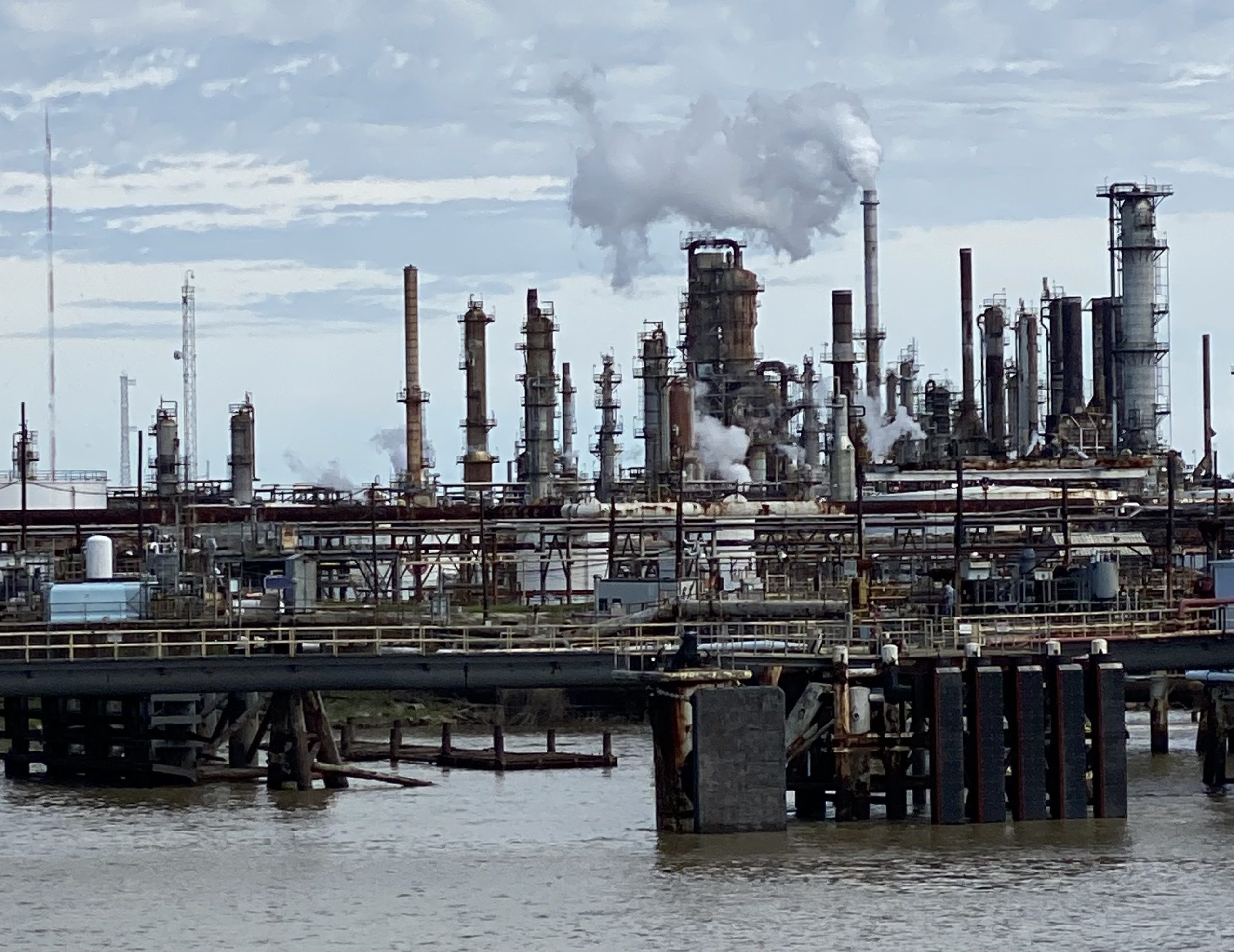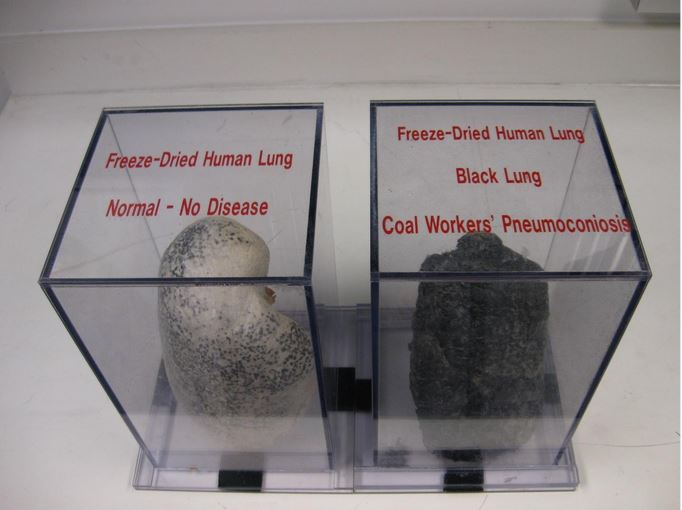Beginning this week, mining companies across the country are required to halve the amount of toxic silica dust their workers can be exposed to. The new exposure limit comes amid an epidemic of severe black lung disease among coal miners in central Appalachia.
After a years-long rule-making process at the Mine Safety and Health Administration (MSHA), coal mines will have to keep workers safe from silica dust by lowering exposures from 100 micrograms to 50 micrograms over an 8-hour work shift.
Experts have long-known that silica dust is causing a surge in the incurable and most severe stage of black lung disease, known as complicated black lung or progressive massive fibrosis. It’s caused as miners inhale bits of the rock that is being pulverized to get to harder-to-reach coal seams.
MSHA was first urged to further restrict silica dust exposure in 1974 but industry and political opposition delayed a response in the decades since. Reporting by NPR and PBS Frontline exposed an epidemic of silica-caused complicated black lung disease and the regulatory failures that left miners breathing silica particles that are 20 times more toxic than coal dust alone.
“You want to know what it’s like to have black lung?” John Robinson, a former miner battling the disease asked at a roundtable discussion in Louisville on Monday. “Grab your pillow off your bed, go outside, and get your push mower going in your yard.”
Miners inhaling silica dust are also getting sicker younger, and the disease is progressing much more quickly to severe stages.
Other industries that extract metal, sand and gravel will also need to comply with the silica standards. For the first time ever, they’ll also be required to X-ray workers’ lungs. Those X-rays will be stored in a database managed by the National Institute for Occupational Safety and Health (NIOSH).
These so-called metal/nonmetal industries have said they don’t see the same epidemic coal has with black lung, but regulators hypothesize that’s because they don’t look.
“My guess is, that when we go looking for a problem, when we go looking at these miners and their chest films, we’re probably going to see silica in those lungs,” NIOSH researcher Scott Laney said.
U.S. Rep. Morgan McGarvey hosted Monday’s roundtable with federal experts discussing the impact of the rule. There are no active coal mines in his district, but he is the only Democrat in Kentucky’s congressional delegation.
Mine safety advocates have lauded the Biden administration for the measure, which was promised but undelivered in previous Democratic administrations, and opposed in Republican administrations.
“I’ve always considered myself, yes, representing my district, but also being a representative of our state,” McGarvey said. “When you talk about the safety of our workers, to me, that’s never been a political issue.”
McGarvey’s office said the lawmaker wanted to learn from federal experts about what is needed “to ensure effective implementation and enforcement of this rule.”
One thing that might make it difficult to implement and enforce is a flat budget at MSHA. Congress recently denied a $50 million budget increase for more mine inspections and more silica dust sampling.
Reporting by Public Health Watch, Louisville Public Media and Mountain State Spotlight showed that the rule, as proposed, made a relatively weak case for implementation. An attempt by House Republicans to block agency funding for the rule has failed, so far.
“We just need to help get MSHA more money to help enforce this,” National Black Lung Association Vice President Vonda Robinson said. “They need more [inspectors] to go out and help, to be able to enforce this.”

Chris Williamson (center), Assistant Secretary of Labor for Mine Safety and Health speaks at a news conference on Monday in Kentucky. Behind him are Rep. Morgan McGarvey (left) (D-KY) and Scott Laney (right), an epidemiologist and black lung expert at the National Institute for Occupational Safety and Health
“MSHA has had flat budgets for, I don’t know how many years now,” MSHA Assistant Secretary Chris Williamson said at a panel discussion earlier in June. “You’re talking about people, because in almost every federal agency, the cost driver is personnel. We will do the best we can with what we’re given to work with, but it will remain a priority.”
Miner advocacy groups have criticized the measure for largely relying on companies to accurately self-report high silica dust samples. They say it gives companies “every incentive to continue cheating and hiding dangers” and compared it to letting a “fox guard the hen house.”
Williamson has repeatedly promised that any companies caught cheating on the silica testing and reporting requirements will be dealt with severely, and added an enforcement mechanism after the proposed rule was criticized for lacking agency oversight.
Meanwhile, the silica rule is facing two separate legal challenges from mining industry associations. They’re asking federal judges to analyze the rule for its legality.
“Worker safety and health is a core value of our association, but unfortunately, this rule has missed the mark,” National Stone, Sand and Gravel Association CEO & President Michael Johnson said in a written statement. “MSHA’s crystalline silica rule includes provisions that were not included in the proposed rule, for which we were not provided the opportunity to comment, as required by law.”
Although companies are expected to begin lower silica dust levels now, enforcement will begin in April 2025 for coal mines and 2026 for all other mines.
State government and politics reporting at Kentucky Public Radio is supported in part by the Corporation for Public Broadcasting.


